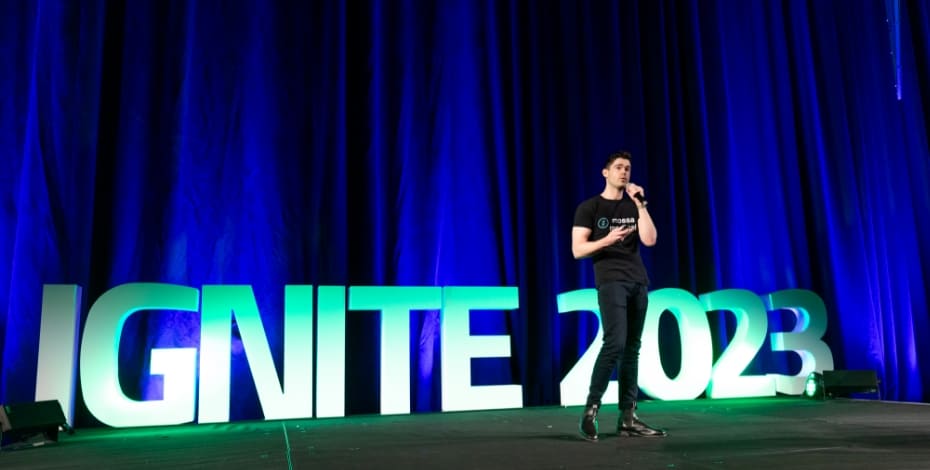
Smart cushion to prevent pressure injuries

The Mossa cushion is a smart air cushion that has been designed to help prevent pressure injuries in aged care facility residents. Physiotherapy Research Foundation Physio Pitchfest finalist Andrew Mencel talks about his invention.
Pressure injuries are a common problem for residents in aged care.
In a 12-month period, 15–25 per cent of residents will develop a pressure injury, putting a considerable burden on carers and aged care facilities.
Residents with diabetes, vascular disease and circulatory issues are at higher risk, as are those who are immobile and rely on carers to regularly reposition them.
And the risk of recurrence within 12 months is high, in part because immobility in aged care patients becomes a chronic problem.
Physiotherapist Andrew Mencel says it’s a big issue.
‘Anyone who is dependent on regular physical repositioning— people who are not mobile, sitting in princess chairs or in beds—is at risk of pressure injuries.
‘Hospitals use air pressure mattresses, which are not super effective and people still develop pressure injuries, but there’s nothing in terms of a cushion for someone who’s sitting out of bed, in a princess chair or wheelchair.
‘In my experience, families don’t want their loved ones sitting in bed all day—they’d rather them outside or doing activities with other residents—and there’s really nothing that can be done to alleviate pressure injuries.’
Andrew works for aged care organisation Plena Healthcare, providing physiotherapy to residents.
After seeing the devastating effect of pressure injuries on residents of the aged care facilities firsthand, he came up with the idea for a smart pressure cushion that can adjust itself to minimise the development of pressure points.
‘I’d recently started doing a part-time Master of Business Administration and we had a subject on entrepreneurship, startups and business ideas.
‘It was a bit of a flashbulb moment about whether I could come up with an idea to prevent or at least help reduce some of the pressure injuries in aged care facilities,’ he says.
Andrew’s cushion, the Mossa cushion, uses pressure sensors monitored by AI-based technology to adjust the pressure within individual air cells in response to factors including weight distribution across the cushion and how long the individual has been sitting without moving.
The idea is to redistribute the air underneath a high-risk area to create a softer spot.
‘We’re building an algorithm using all the data we can find on exactly how long it generally takes to develop a pressure injury.
‘It varies, but it can be anything from within an hour to up to three hours, depending on the amount of pressure on the skin and the duration,’ Andrew says.
‘All we really need to do is take a little bit of pressure off that area for five or 10 minutes and the risk significantly reduces on that spot.
‘The ultimate goal is to eliminate physically repositioning patients.’
Andrew recently received a grant from Flinders University, providing him with 250 hours of engineering time to build a prototype of the cushion.
‘We’re hoping to have a workable prototype that we can trial by the end of the year,’ he says.
In preparation for the trials of the prototype, Andrew is planning to profile aged care residents who have previously developed pressure injuries to get a better understanding of the risk factors involved, such as weight, skin integrity, general health and level of continence as well as external factors like the level of staffing at each facility, the risk of injuring the patient while repositioning them and so on.
The Mossa cushion will then be tested on high-risk patients over a period of months to see whether they develop pressure injuries while using the prototype and, if so, whether the rate and/or severity of injury is reduced compared to patients who use a static air cushion with physical repositioning.
In 2023, Andrew pitched his idea at the Physiotherapy Research Foundation’s Physio Pitchfest, which was held at the APA’s IGNITE 2023 national conference.
While he did not walk away with an award, the experience provided lots of opportunities to get feedback.
‘I’d never really had the chance to present in front of a crowd.
‘I absolutely loved it; it was such a great experience.
‘Everyone was so friendly, so kind, and we got a lot of business cards.
‘It’s definitely been a great opportunity for myself and the company to at least get our name out there and build those contacts,’ Andrew says.
Andrew has set up a company—Mossa Medical—to develop the cushion and has plans to use similar technology to develop other products, such as a mattress that can be used for patients in hospital as well as for bedridden aged care residents and products for use in the community setting.
From his perspective, it’s allowing him to combine his know-how in physiotherapy with his interests in business and technology.
‘I always loved the startup and business side but I never thought there’d be something for me until I focused on medical technology.
‘The biggest challenge is trying to pull myself in a bit and just focusing on one thing for now rather than on all these other ideas,’ Andrew says.
‘I guess I want to make something that can help, that can make a genuine difference in a condition that should be so preventable. That’s my goal.’
>> The 2023 PRF Physio Pitchfest was proudly sponsored by VALD Health.
© Copyright 2025 by Australian Physiotherapy Association. All rights reserved.





